
The LWS-2 was the Polish air ambulance aircraft prototype, designed in the late-1930s in the LWS factory.
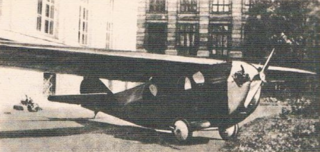
The RWD 1 was a Polish sports plane of 1928, a single-engine high-wing monoplane constructed by the RWD design team.

The RWD-10 was a Polish aerobatics sports plane, single-seat parasol wing monoplane, used from 1933 to 1939 and constructed by the RWD team.

The PZL.16 was a Polish passenger aircraft, designed in the early 1930s in the PZL in Warsaw. It remained a prototype.

The Bartel BM 6 was a Polish biplane trainer fighter aircraft of 1930. It did not advance beyond the prototype stage.

The PWS-21 was a Polish passenger aircraft for 4 passengers, built in PWS factory in 1930, that remained a prototype.

The PWS-20 was a Polish single-engine high-wing 8 passenger airliner, built in the PWS factory and when it made its first flight in 1929 it became the first Polish-designed transport aircraft to fly.

The PWS-1 was a Polish two-seat fighter and reconnaissance aircraft constructed by Podlaska Wytwórnia Samolotów (PWS) in 1927. It remained a prototype for its entire lifespan.

The PZL.4 was a Polish three-engine passenger aircraft for 10 passengers, built in PZL factory in 1932, which remained a prototype. It was the first Polish-designed and produced multi-engine plane.

The RWD-16 was a Polish two-seat low-wing sports plane of 1936, constructed by the RWD team, that remained a prototype.
The Lublin R-XII was the Polish three-seat sports and touring aircraft, designed in 1930 in the Plage i Laśkiewicz factory in Lublin, that remained a prototype.

The RWD 16bis and RWD 21 were Polish two-seat low-wing touring and sports planes of the late 1930s, constructed by the RWD bureau, sharing the same construction, main difference of the RWD 21 being a stronger engine.
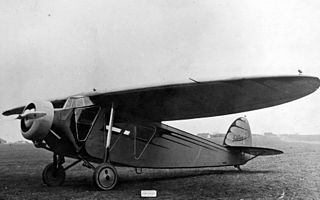
The Lublin R-XI was the Polish passenger plane for 4 passengers, designed in 1930 in the Plage i Laśkiewicz factory in Lublin, that remained a prototype.
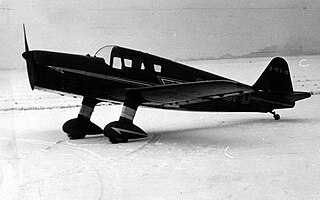
The RWD-19 was a Polish two-seat low-wing sports aircraft of 1938, constructed by the RWD bureau.

The PWS-50,(PWS - Podlaska Wytwórnia Samolotów - Podlasie Aircraft Factory), was a prototype Polish single-engine mid-wing monoplane sports aircraft of 1930, constructed by Podlaska Wytwórnia Samolotów.
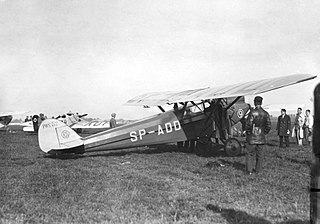
The PWS-52 was a Polish sports aircraft of 1930, a single-engine high-wing monoplane, constructed by the Podlaska Wytwórnia Samolotów (PWS), that remained a prototype.

The PWS-5 or PWS-5t2, was a multi-seated Polish liaison aircraft, developed in 1928 by PWS.

The PWS-11 was a Polish aerobatic and trainer aircraft, developed in 1928-1929 by PWS, which remained a prototype.
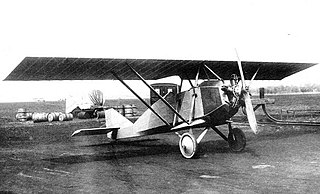
The PWS 3 was a Polish sport aircraft, developed in 1927 by PWS, which remained a prototype.

The PWS-4 was a prototype Polish sports aircraft, developed in 1928 by Podlaska Wytwórnia Samolotów.



















